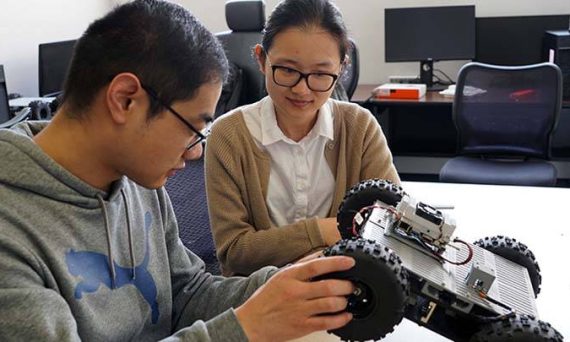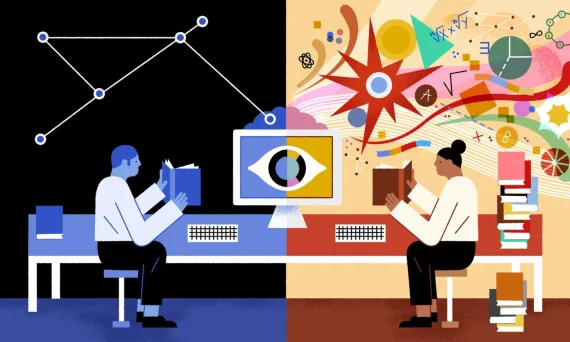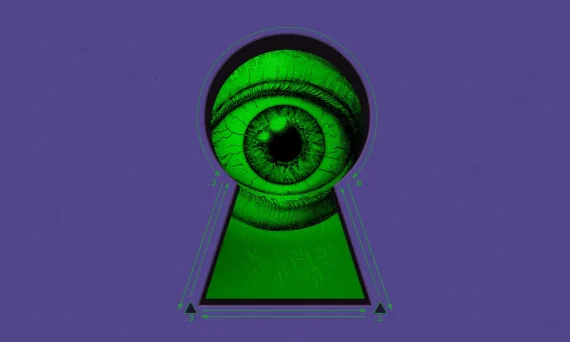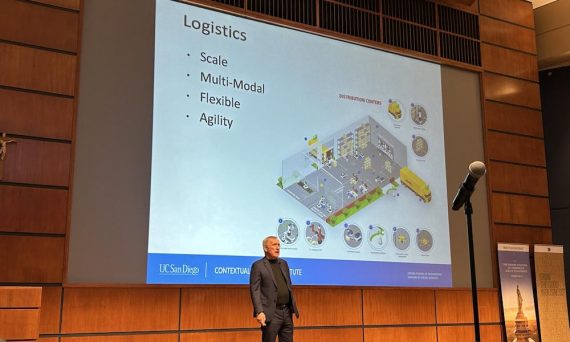$2.8 million NSF grant will expand AI education and research opportunities for students
San Diego State University News || In collaboration with the NSF Institute for Learning-enabled Optimization at Scale, the project will focus on diversity within the AI research community.






